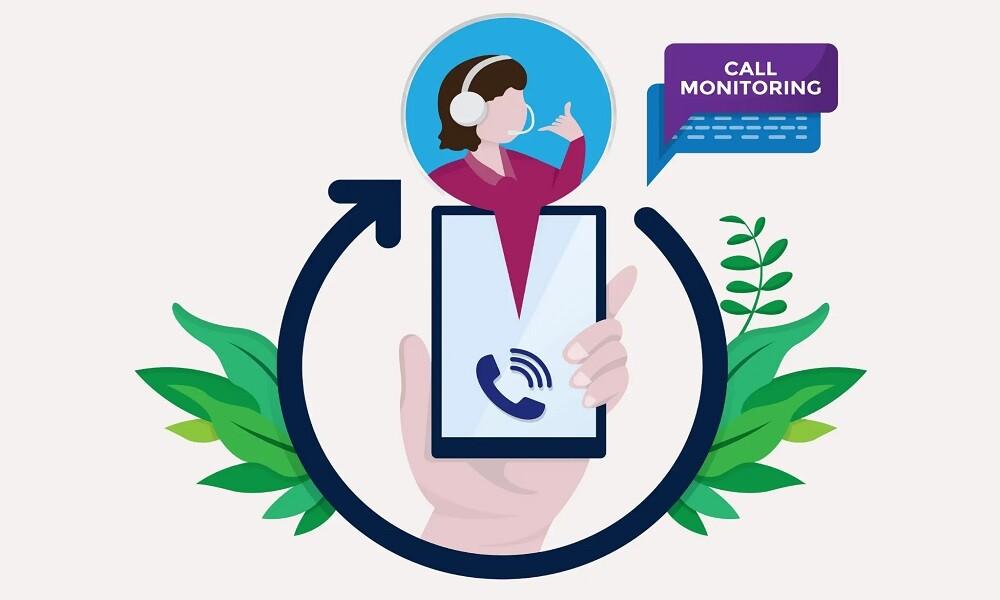6 Effective Methods for How to Check Another Number's Call History

Finding information on how to check another number's call history has become increasingly common for those needing to monitor communications for family safety, parental supervision, or relationship concerns.
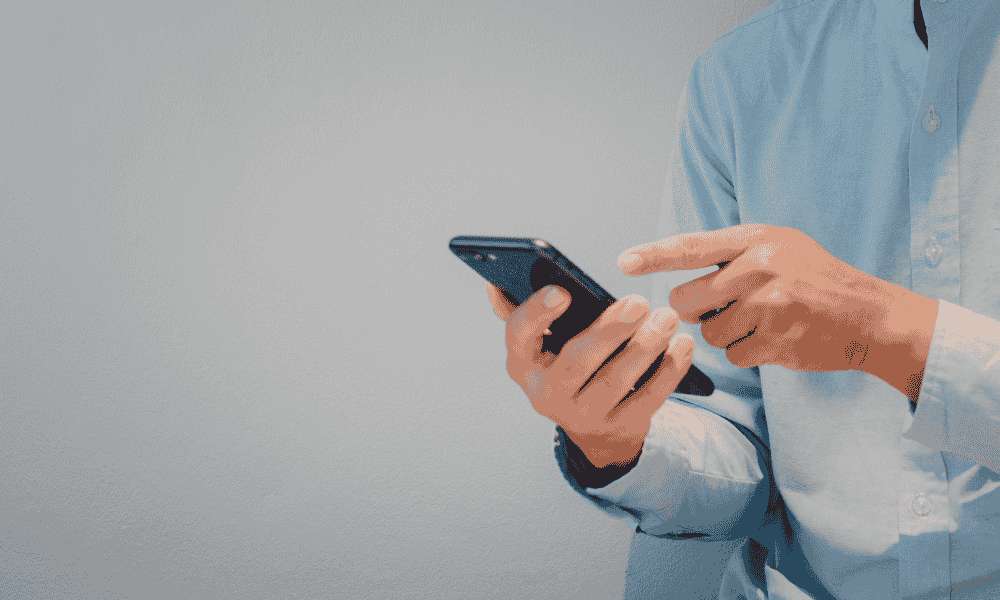
While mobile carriers and phone manufacturers implement privacy measures to protect call records, several legitimate methods exist for accessing call history information from another phone number when you have appropriate authorization or legal standing.
What It Means to Check Another Number's Call History
Understanding how to check another number's call history involves accessing records of incoming, outgoing, and missed calls associated with a specific phone number, including details like call duration, timestamps, and contact information.
This type of monitoring typically requires either account-level access to the phone number's carrier services, physical access to the device where calls were made, or specialized monitoring software that can retrieve call log information. Each approach has different requirements, capabilities, and legal implications that must be carefully considered.
Understanding Call History Access Limitations
Before exploring specific methods for how to check another number's call history, it's important to understand the technical and privacy limitations involved.
Call records are protected by various security measures implemented by carriers and device manufacturers, creating specific constraints on access methods:
- Carrier-level call detail records require account authorization
- Device-level call logs are typically only accessible on the physical phone
- Cloud backup access usually requires account credentials
- Legal restrictions limit third-party access to telecommunications records
- Different phone operating systems implement varying levels of privacy protection
These limitations create the framework within which any attempt to access another number's call history must operate, whether through carrier services, monitoring applications, or other technical approaches.
SafeMyKid - The Most Reliable Solution for Checking Another Number's Call History

When looking for reliable methods on how to check another number's call history, SafeMyKid offers the most comprehensive solution through its advanced call monitoring capabilities.
This powerful application provides complete visibility into call records without alerting the phone user.
SafeMyKid works discreetly in the background to record all incoming and outgoing calls, along with detailed information about each communication.
The application's sophisticated technology makes it particularly effective for parents, employers with company devices, or others with legitimate monitoring needs.
Key Features of SafeMyKid for Checking Call History
When it comes to how to check another number's call history, SafeMyKid offers advanced capabilities that make comprehensive call monitoring both effective and reliable:
- Complete Call Logging- View all incoming, outgoing, and missed calls with timestamps and duration information.
- Contact Details -Access full contact information for each call, including names saved in the phone's address book.
- Deleted Call Recovery - View calls that have been removed from the standard call history on the target phone.
- Recurring Pattern Detection - Identify frequently contacted numbers and unusual calling patterns automatically.
- Remote Dashboard Access - Monitor call history from anywhere through a secure online control panel.
- Real-Time Alerts - Receive notifications about calls to specific numbers or patterns of concern.
- Stealth Operation - Works invisibly without alerting the phone user to the monitoring.
- Historical Data Access - Review complete call history going back to when monitoring began.
How to Set up SafeMyKid to Check Another Number's Call History
Setting up SafeMyKid for call monitoring requires just a few straightforward steps to begin tracking all call activities.
Step 1. Create Your SafeMyKid Account
Visit the SafeMyKid website to register and create your monitoring account.
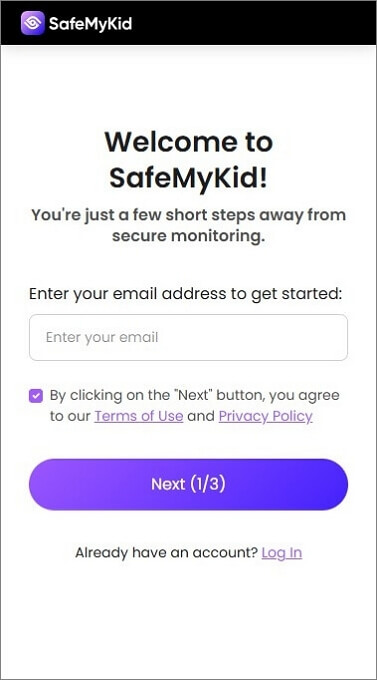
Step 2. Set up The SafeMyKid App
For Android: Install the SafeMyKid app directly on the target device (requires brief physical access). For iOS: Use iCloud credentials to enable monitoring without physical access to the device.
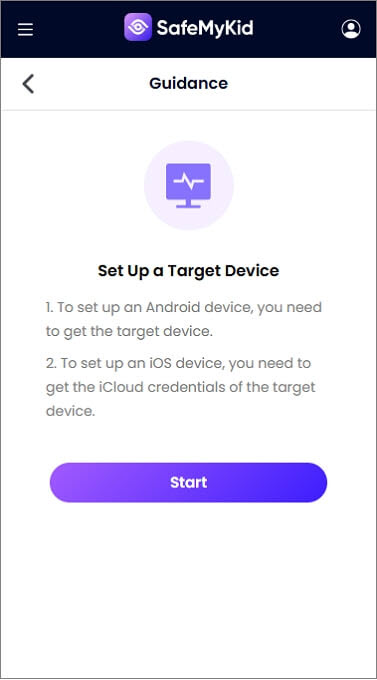
Step 3. Begin Monitoring Another Number Call History
Access your secure dashboard to view complete call history, including contact details, timestamps, and call durations.
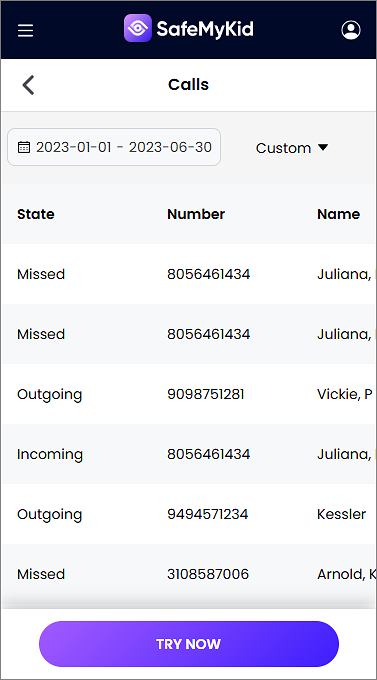
5 Other Methods to Check Another Number's Call History
While SafeMyKid offers the most comprehensive solution, several other approaches can help you access call records from another phone number. Here's an overview of six additional effective methods.
1. Carrier Account Access

Mobile carriers maintain detailed call records for billing purposes, which can be accessed through the account associated with the phone number. This official method provides access to call logs directly from the service provider's records rather than from the device itself.
Accessing these records typically requires login credentials for the carrier's online account management portal, where detailed call history is available.
For family plans, the primary account holder can usually view call records for all numbers on the account through their carrier's website or mobile app.
Pros:
- Official records directly from the telecommunications provider
- Access to calls even if deleted from the phone's history
- Available remotely without needing the physical device
- Often includes detailed information like precise call timing
Cons:
- Requires account holder credentials or authorization
- Usually limited to call metadata without conversation content
- Typically doesn't include calls made through apps like WhatsApp
2. Phone Bill Inspection
Monthly phone bills typically include itemized call logs with detailed information about all calls made and received during the billing period. This straightforward method provides official carrier records without requiring online account access or technical knowledge.
This approach works particularly well for paper bills or PDF statements that list complete call details. The level of detail varies by carrier, but most bills include the date, time, duration, and phone number for each call, creating a comprehensive record of calling activity.
Pros:
- Requires no technical skills or specialized tools
- Provides official records that cannot be manipulated
- Available even without online account access
- Often includes several months of historical data
Cons:
- Limited to the billing cycle timeframe
- Requires access to the physical bill or statement
- May not include certain calls covered by unlimited plans
3. Physical Phone Access Methods
With direct access to the target phone, you can view the device's native call history through the standard phone app. This straightforward approach works across all phone types and provides immediate access to recent call information stored on the device.
Simply opening the phone app and navigating to the call history or recents tab displays a chronological list of incoming, outgoing, and missed calls.
This method provides quick insights but is limited to calls that haven't been deleted and requires having the phone in hand, often with security measures already bypassed.
Pros:
- No additional tools or software required
- Shows exactly what appears in the phone's native call log
- Works across all phone types regardless of carrier
- Provides immediate access without setup procedures
Cons:
- Requires physical access to an unlocked phone
- Limited to non-deleted calls stored on the device
- Often leaves evidence of the call history being viewed
4. Cloud Backup Access
Phone backups stored in cloud services often contain call history data that can be accessed with appropriate account credentials. This method works particularly well for iPhones backed up to iCloud or Android phones with Google account backups enabled.
By accessing these cloud backups, you can potentially view call history information even if it has been deleted from the phone itself.
The process typically involves logging into the cloud service account and navigating to the backup data, sometimes requiring specialized tools to extract and view the call information.
Pros:
- Can reveal call history deleted from the physical device
- Accessible remotely without needing the phone
- Often contains extensive historical data
- May include other valuable information beyond calls
Cons:
- Requires cloud service credentials (Apple ID or Google account)
- Sometimes specialized software to extract data
- Depends on regular backups being enabled on the target phone
5. Network Call Detail Request

In certain specific circumstances like legal proceedings or law enforcement investigations, formal requests can be made to telecommunications providers for call detail records. This official channel provides comprehensive call information directly from network-level records.
This approach typically requires appropriate legal standing such as a court order, subpoena, or specific authorization recognized by the carrier.
While not accessible for general personal use, this method becomes relevant in legal contexts such as divorce proceedings, custody disputes, or legal investigations.
Pros:
- Provides complete and official network-level records
- Cannot be altered or deleted by the phone user
- Often includes detailed metadata about each call
- May cover extended historical periods
Cons:
- Requires legal standing or court orders in most cases
- Not available for general personal monitoring
- Typically involves formal processes and waiting periods
Situations Where Checking Call History May Be Necessary
Understanding the legitimate contexts for monitoring call history helps ensure this capability is used appropriately and responsibly:
- Parental Oversight - Parents monitor their minor children's communications to ensure safety and appropriate usage.
- Business Management - Employers track usage of company-provided phones to ensure appropriate business use and compliance with policies.
- Legal Evidence - Gathering information through proper channels for relevant legal proceedings, like divorce or custody cases.
- Elder Care - Family members monitor vulnerable elderly relatives' communications to protect against scams or exploitation.
- Self-Protection - Documenting harassment or threatening calls for potential legal action or protection orders.
These legitimate scenarios highlight why understanding How to Check Another Number's Call History serves important protective and oversight functions when used appropriately and legally.
Legal Considerations When Checking Another Number's Call History
Before attempting to check another number's call history, understanding the legal implications is essential to avoid potential legal consequences:
- Consent Requirements - In many jurisdictions, accessing another adult's call records without their knowledge may violate privacy laws, though parental monitoring of minor children typically has broader legal allowances.
- Ownership Factors- You generally have more legal latitude to monitor devices and accounts you own and provide to others, versus accessing someone else's personal accounts.
- Carrier Terms of Service- Unauthorized access to carrier accounts may violate service terms, potentially resulting in account termination or other consequences.
- Workplace Monitoring - Employers monitoring company-provided phones should have clear policies disclosed to employees about call monitoring practices.
- Legal Proceedings - In divorce, custody, or other legal proceedings, proper legal channels exist for obtaining call records through court orders or subpoenas.
Always research the specific laws applicable to your location and situation before attempting to access another number's call history to ensure your actions remain within legal boundaries.
Frequently Asked Questions about Checking Another Number's Call History
Here are answers to common questions about accessing call records from another phone number:
1. Can I check someone's call history without having their phone?
Yes, several methods exist for checking call history without physical phone access, including carrier account access, cloud backup methods, and monitoring applications that operate remotely after initial setup.
2. Is it legal to check another person's call history?
The legality depends on your relationship to the person and local laws. Parents generally have legal rights to monitor minor children's call history, employers can often monitor company-owned devices with proper disclosure, but accessing another adult's call records without consent may violate privacy laws in many jurisdictions.
3. Can deleted calls be recovered when checking call history?
Yes, certain methods can recover deleted call information. Carrier records maintain call data regardless of whether it's deleted from the phone, while specialized monitoring applications like SafeMyKid can capture call information before deletion.
4. How far back can I check call history records?
The time period available varies by method. Carrier records typically maintain call history for 12-24 months, device-level call logs usually store a few months of recent calls, and monitoring applications can record calls from the point of installation onward.
5. Can I see the content of calls when checking call history?
Most standard call history methods only show metadata (number, duration, timestamp) rather than conversation content. However, specialized monitoring applications like SafeMyKid can provide call recording features that capture actual conversations.
Conclusion
Learning how to check another number's call history involves understanding both the technical methods available and the important legal and ethical considerations that should guide their use.
Always ensure your monitoring activities comply with relevant laws and respect the privacy boundaries appropriate to your specific relationship with the monitored individual.



